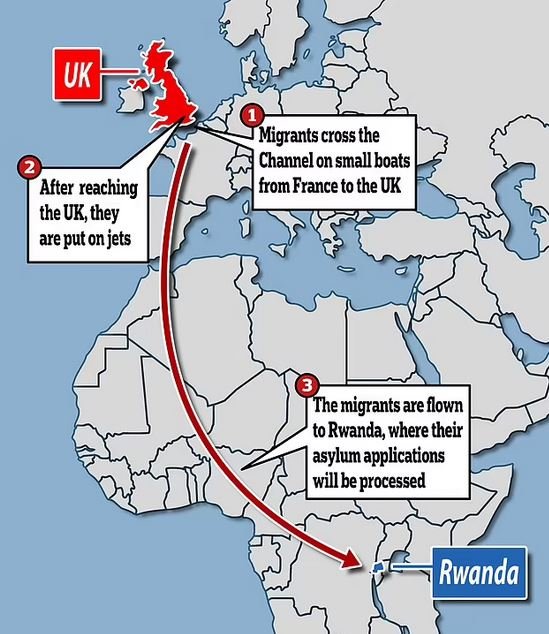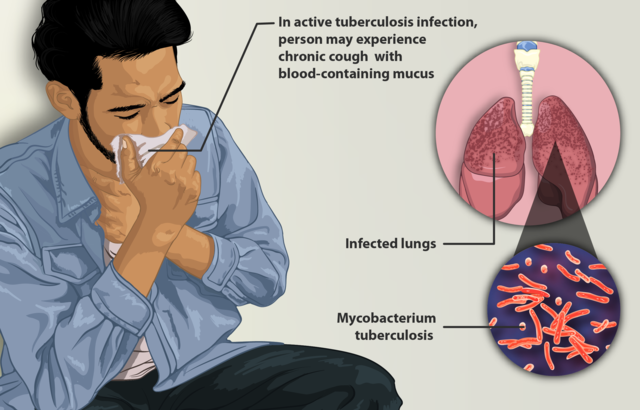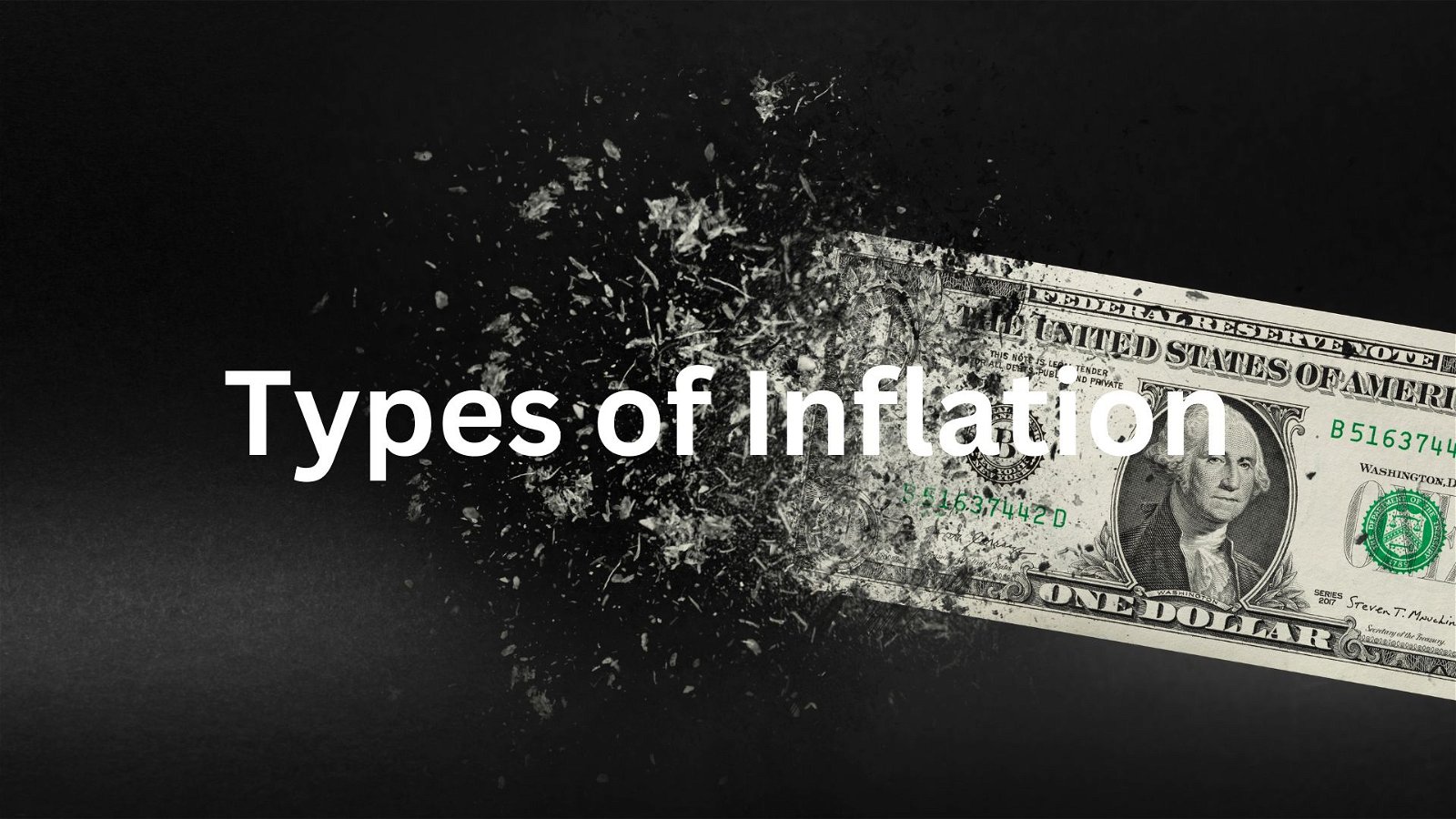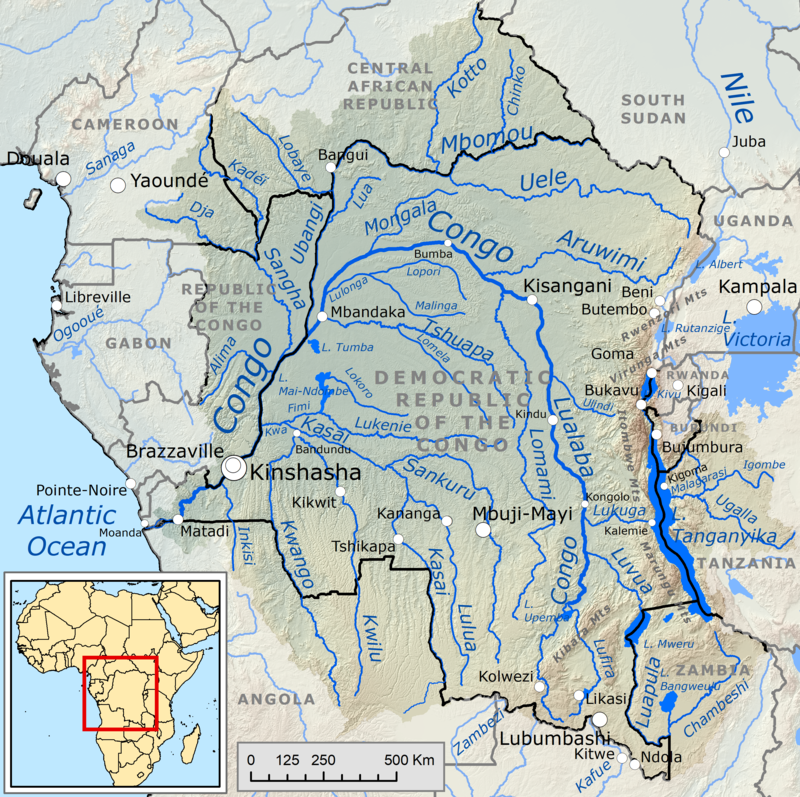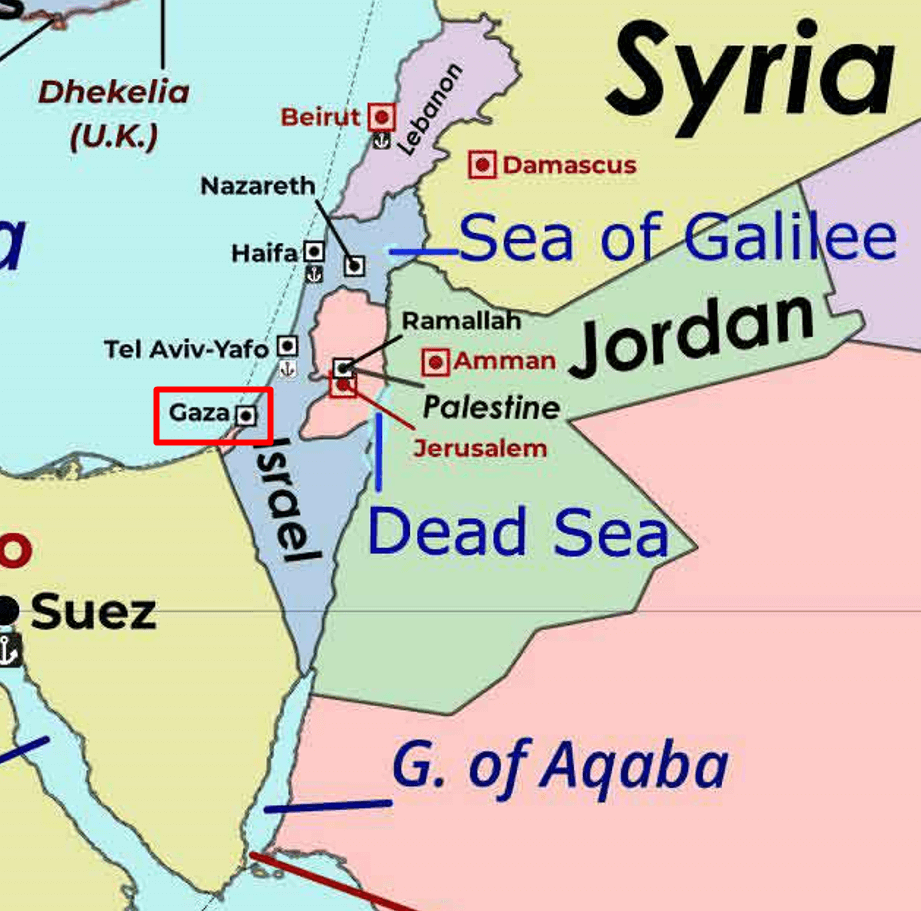
Current Affairs for UPSC Civil Services Exam – May 03, 2024
Subscribers of "Current Affairs" course can Download Daily Current Affairs in PDF/DOC
Subscribe to Never Miss an Important Update! Assured Discounts on New Products!
Must Join PMF IAS Telegram Channel & PMF IAS History Telegram Channel
{GS1 – A&C – Architecture} Sri Madhava Perumal Temple
- Context (TH): Inscriptions at the Sri Madhava Perumal Temple indicate the presence of a significant trade route over 1,000 years ago.
About Sri Madhava Perumal Temple
- The temple, largely submerged in the Bhavanisagar dam in Erode district, is now visible due to a decrease in the dam’s water level.
- Under the rule of Hoysala rulers, King Veera Ballala III appointed Madhava Perumal Dhandanayaka to govern the region.
- Madhava Perumal Dhandanayaka constructed the Dhandanayaka Fort, about 680 years ago.
- Madhava Perumal Dhandanayaka’s son, Veera Siddha Keththaya Dhandanayaka, built the Sri Madhava Perumal Temple inside the fort.
- The area was later ruled by the Vijayanagara Empire, Ummattur chiefs, and Tipu Sultan.
- The Battle of Sathyamangalam (1790), during the Third Anglo-Mysore War, occurred near the fort, guarded by Tipu Sultan.
|
{GS2 – Governance – Laws} Can the Succession Act be applied to ‘non-believer Muslims’
- Context (TOI I IE): A former Muslim petitioner suggests applying the secular Indian Succession Act of 1925 to those opposing governance by the Muslim Personal Law in intestate and testamentary matters.
|
- The SC has agreed to examine whether a former Muslim will be governed by Muslim personal law — the Shariat Act of 1937 — or by the secular laws of the country.
- In India, issues related to succession are governed by the Indian Succession Act of 1925, the Hindu Succession Act of 1956 and the Muslim personal law or Shariat.
How do Muslim inheritance laws work in India?
- Inheritance for Muslims in India is governed by the Muslim Personal Law (Shariat) Application Act of 1937.
- It codifies the Shariat, which is made up of Quranic principles, teachings, and the Hadith, or practices of Prophet Mohammad.
- 12 categories of legal heirs or sharers get a share in the inheritance, including the husband, wife, daughter, son’s daughter (or son’s son and so on), father and others.
- Apart from sharers, another category of heirs called “residuaries” includes aunts, uncles, nieces, nephews, and other distant relatives.
- The value of their share depends on several scenarios.
- Moreover, a Muslim’s estate can only pass to a Muslim, which prejudices the wife or children following another religion.
- Daughters cannot inherit more than half of what their brothers inherit.
- The rationale here is that under Muslim law, a female shall receive mehr and maintenance from her husband upon marriage, while males solely have their ancestor’s property for inheritance.
- Only one-third of the estate can be willed in favour of anyone, and the remainder will have to be divided according to complex religious law.
Application of Sharia for people who renounce their faith
- At present, Muslims who wish to renounce their faith are also bound by Shariat law – unless they formally declare that they wish to opt out under the 1937 Act.
- This would render them without a law to govern aspects of inheritance and succession because Section 58 of the Indian Succession Act specifically excludes Muslims from its purview.
Petitioner’s Arguments
- The fundamental Right to Religion under Article 25 of the IC must encompass the right to believe or not to believe.
- The provision will have real meaning only if Individuals who leave their faith don’t face any disability or disqualification in inheritance or other civil Rights.
{GS2 – Polity – IC – Elections} Supreme Court VVPAT Judgment **
- Context (TH I IE): The SC rejected a plea for 100% verification of Voter Verifiable Paper Audit Trail (VVPAT) slips with the Electronic Voting Machine (EVM) count.
- There were three pleas in the SC
- Returning to the paper ballot system,
- The printed slips on the VVPAT machine should be given to voters to verify and put in the ballot box for counting, and
- There should be 100% counting of VVPAT slips in addition to electronic counting
Key takeaways from SC’s judgement
- It upheld the EVM polling system and also expressed strong trust in its integrity.
- No candidate has yet pointed to a mismatch between the votes polled on EVMs and the slips printed by the VVPAT machine.
- SC is not the controlling authority of another constitutional authority.
- The source code of the EVMs should not be disclosed because the moment it is placed in the public domain, there is a danger that it will itself be subject to misuse.
- It declined the petitioners’ demand to direct 100% cross-verification of votes cast on EVMs with the accompanying Voter Verifiable Paper Audit Trail (VVPAT) paper slips.
- Currently, only 5% of EVM-VVPAT counts are randomly verified in any Assembly constituency.
Role of Microcontrollers
- All three units of the EVM—the ballot unit, control unit, and VVPAT—have microcontrollers in which the respective firmware is burnt.
- Microcontrollers separately programmed by manufacturers in EVMs do not recognise political parties or candidates but only the buttons pressed by voters.
- If an unauthorised attempt is made to access the EVM’s microcontroller or memory, the Unauthorised Access Detection Mechanism (UADM) disables it permanently.
- The program loaded in the EVM is key-hashed and burnt into a One-Time Programmable microcontroller chip at the time of manufacturing, thus dispelling any possibility of tampering.
- The burnt programme/code is unalterable and cannot be modified after the EVM is delivered/supplied by the manufacturer to ECI.
Reasons for upholding the EVM and VVPAT system
- It will amount to undoing the electoral reforms by directing the reintroduction of the ballot papers.
- it will increase the time for counting and delay the declaration of results.
- The manpower required would have to be doubled.
- Manual counting is susceptible to human errors and potential manipulation, which can result in deliberate mischief and raise allegations of result manipulation.
Importance of EVM Polling System
- It has eliminated booth capturing by restricting the rate of vote casting to 4 votes per minute, thereby prolonging the time needed and thus checking the insertion of bogus votes.
- EVMs have eliminated invalid votes, which were a major issue with paper ballots and had often sparked disputes during the counting process.
- EVMs reduce paper usage and alleviate logistical challenges.
- They provide administrative convenience by expediting the counting process and minimising errors.
Guidelines to ECI
- After loading symbols into the VVPATs on or after May 1, seal and store the symbol loading units (SLUs) in the strong room with the EVMs for 45 days after the results are declared.
- SLUs, introduced around the same time as the VVPATs, are used to load the symbols of the candidates onto the VVPAT.
- SLUs are memory units that are first connected to a computer to load election symbols onto it, and then used to enter symbols of the candidates on the VVPAT machines.
- The ECI could opt to examine VVPAT slips without physically counting them, potentially using a counting machine. Barcoding symbols in the VVPATs might aid in machine counting.
Verification of the Burnt Memory Semi-Controllers
- The Court has permitted candidates coming second or third to seek verification of the burnt memory semi-controllers in 5% of the EVMs per Assembly segment of each Parliamentary constituency.
- This exercise will be carried out by a team of engineers belonging to the manufacturers following a written request by the candidate within 7 days from the date of declaration of the results.
- The candidates have to bear the expenses for the verification process, which would be refunded in case the EVM is found to be tampered with, the Court said.
- Candidates or their representatives can identify EVMs by the polling station or serial number and choose to be present during verification.
{GS2 – Polity – IC – Governor} Governor’s Immunity in the IC *
- Context (TH I IE): An employee at the Raj Bhavan in Kolkata alleged that she was sexually harassed by West Bengal Governor C.V. Ananda Bose.
- The Constitutional immunity bars the police from naming the Governor as an accused or even investigating the case.
Article 361 of the IC
- It deals with immunity for the President and Governors, it states-
- They shall not be answerable to any court for the exercise and performance of the powers and duties of their office or for any act done by them in the exercise and performance of those powers and duties.
- The provision also has two sub-clauses:
- No criminal proceedings whatsoever shall be initiated or continued against the President or the Governor of a State in any court during the term of his office.
- No process for the arrest or imprisonment of the President or the Governor of a State shall be issued from any court during his term of office.
- However, the immunity under Article 361(1) does not negate the Court’s ability to review the action’s admissibility, particularly with regard to mala fides.
- The police can act only after the Governor ceases to be in office, which is when either the Governor resigns or he no longer enjoys the confidence of the President.
- Civil proceedings against a Governor or President for things done by him in his personal capacity can be brought only with a prior two months’ notice.
- Rameshwar Prasad v Union of India, 2006: Governor enjoys immunity even on allegations of personal malafides, and he enjoys complete immunity.
- Telangana High Court: The immunity granted to the Governor under Article 361 was personal in nature.
Can the conduct of the governor and the president be checked?
- Article 361 allows the President’s conduct to be reviewed by any court, tribunal, or body designated by either House of Parliament for investigating a charge under Article 61.
{GS3 – IE – Banking} US Fed actions & its effects on Indian economy *
- Context (IE): On May 1, the US Federal Reserve decided to maintain the benchmark rate unchanged, in response to rising inflation, despite expectations from many analysts for a rate cut.
How does Lowering Rates by the US Federal Reserve Impact the Indian Economy?
- It can lead to higher foreign investment in Indian markets as foreign investors find India more profitable than the US because the difference between the interest rates of India and the US widens.
- More foreign capital flows into India mean Indian companies receive more money and invest more, which boosts overall business activity.
- Softening of the dollar and strengthening of the rupee, which would mean lower import bills for India since lower interest rates in the US will lead to higher availability of dollars.
- If the rupee gets stronger due to a softened dollar, Indian exporters will see a drop in income. However, imports will be cheaper.
- The RBI’s future rate-cut decisions are influenced by the actions of the US Federal Reserve. For example, Expectations for a rate cut in India have increased, but it’s likely to occur after the US Fed adjusts its rates.
{GS3 – IE – Energy} Challenges to Hydropower due to climate change
- Context (IE): Recent droughts in Colombia and Ecuador have severely affected hydropower energy supply.
Significance of Hydropower
- Hydropower is a reliable and low-carbon energy source.
- it provides more electricity than all other renewables combined.
- Hydropower plants can adjust electricity generation more rapidly than coal, nuclear, or natural gas plants.
- The International Energy Agency predicts Hydropower will remain the largest source of renewable electricity into the 2030s.
Concerns
- Droughts and sudden floods, worsened by climate change, are becoming a bigger worry for hydropower.
- Reservoir water levels in hydropower plants have decreased due to the drought fueled by the El Nino weather phenomenon.
- According to Ember, a UK-based energy think tank, global hydropower output significantly decreased in 2023.
- China, the largest hydroelectricity generator globally, accounted for three-quarters of this decline.
- Droughts in 2022 and 2023 dried up Chinese rivers and reservoirs, resulting in power shortages and electricity rationing.
Way forward
- Countries should diversify their power sources by incorporating other renewable technologies like wind and solar into their energy mix.
- For example, Ghana and Kenya are successfully transitioning from high reliance on hydropower to a more diverse energy portfolio.
- Innovations like placing floating solar panels on water surfaces in hydropower plants have significant potential. Countries like China and Brazil are exploring this approach.
- Covering just 15-20% of a reservoir can generate as much electricity as hydropower alone.
- Building more medium-scale plants instead of large dams to mitigate climate risks.
- Pumped-storage hydropower is another option, where water is pumped uphill during periods of cheap electricity and released downhill when electricity is expensive. These schemes recycle water and are less affected by drought compared to traditional hydropower schemes.
{GS3 – IE – Industry} Purchasing Managers’ Index (PMI) *
- Context (TH): India’s manufacturing Purchasing Managers’ Index (PMI) falls to 58.8 in April from March’s 59.1.
Purchasing Managers’ Index (PMI)
- The PMI is an investor sentiment tracking index.
- PMI indicates the economic health of both the manufacturing and service sectors.
- PMI of India is compiled by London-based IHS Markit and published by Japanese firm Nikkei.
- It is derived from monthly surveys of about 400 private companies.
- PMI >50 implies the economy is growing, and PMI <50 means the economy is shrinking.
- Usually, PMI is released before other indexes, such as GDP and industrial output.
{Prelims – Envi – Species} Batillipes chandrayaani *
- Context (TH): A New tardigrade species was discovered on the southeast coast of Tamil Nadu.
- It is the third marine tardigrade species described from Indian waters and second from the East Coast.
- It is named Batillipes Chandrayaani after the Chandrayaan-3 mission.
- Similar in size to other tardigrades, it grows to a length of 0.15 millimetres and 0.04 millimetres in width.
- It has a trapezoid-shaped head and four pairs of legs with sharp-tipped sensory spines.
- Both sexes are similar in terms of morphology and size.
- Batillipes chandrayaani is also the 39th species described under the genus Batillipes.
- Earlier tardigrade species from the southwest coast (Stygarctus keralensis) in 2021 and another from the southeast coast (Batillipes kalami) in 2023 were also discovered.
Tardigrade
- Tardigrades are microscopic multicellular organisms commonly known as ‘water bears,’ although they are not related to actual bears.
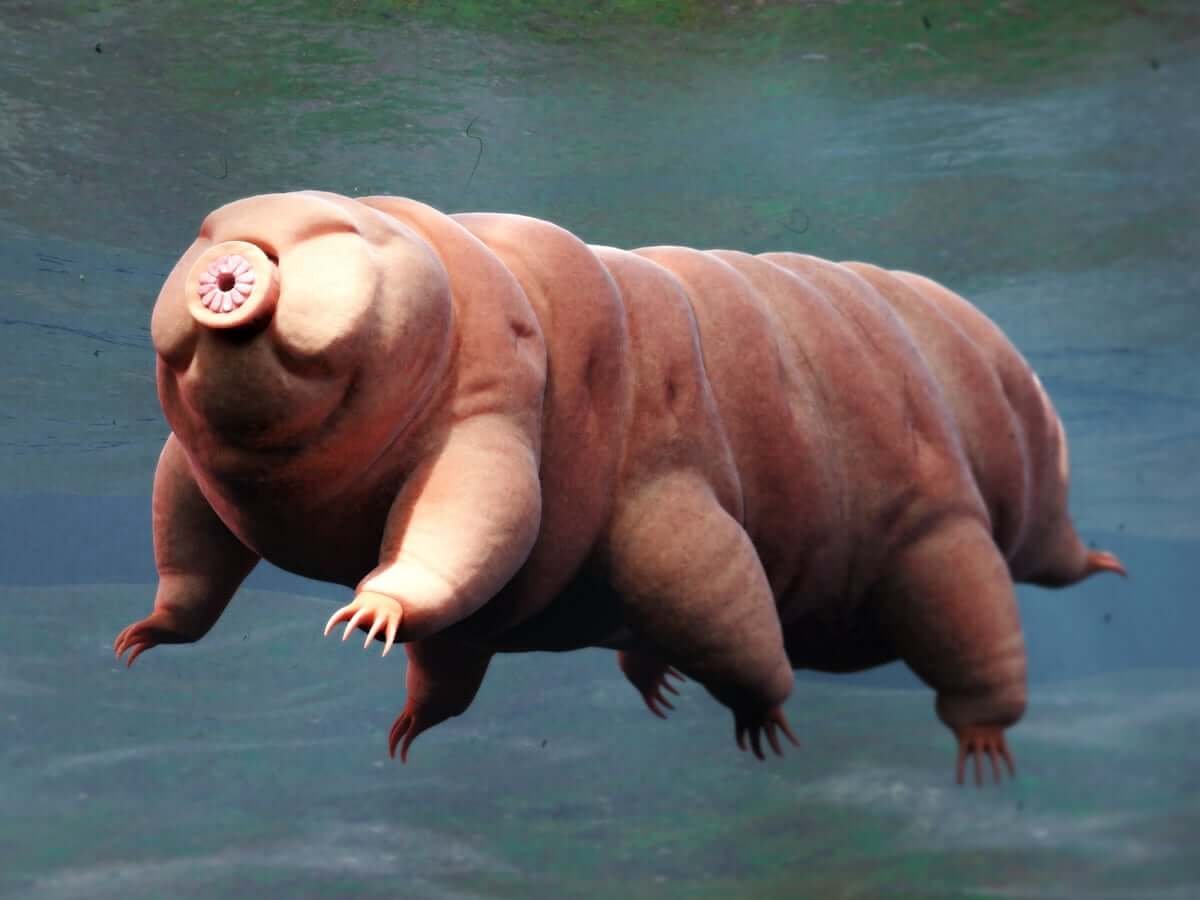
Credits: The Guardian
- Marine tardigrades account for 17% of all known tardigrade species and are found in all the oceans.
- These are among the hardiest animals, enduring mass extinctions with great survival skills.
- They can survive in extreme physiochemical conditions with the process of cryptobiosis.
|
{Prelims – Envi – Species} Red Colobus Monkeys
- Context (DTE): The scientists urged all the stakeholders to invest in red colobus conservation efforts.
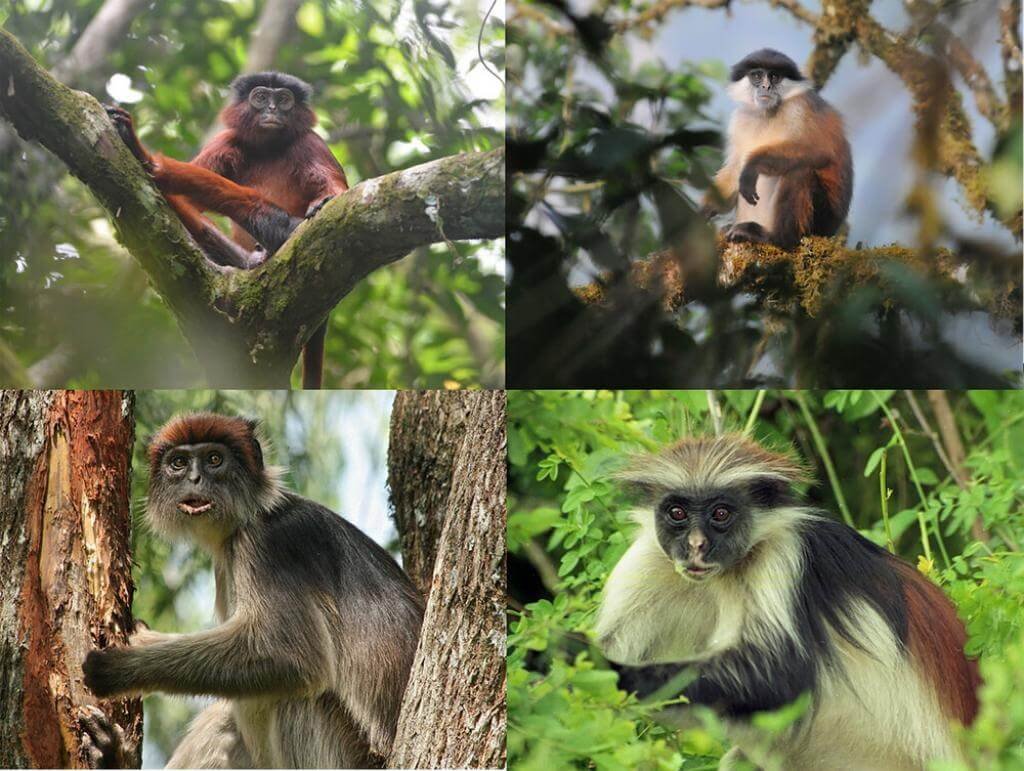
Credits: Down To Earth
- The Red colobus monkey is spread across Africa and is the primary indicator of biodiversity decline.
- Two groups: Colobines are primarily leaf-eaters, while cercopithecines are omnivores.
- Colobines group (Red colobus belongs to it) also includes the langurs of south and southeast Asia.
- They are primarily arboreal, and most are restricted to humid forests, but the Zanzibar red colobus prefers coastal thickets and scrub.
- All 18 taxa of Red colobus monkeys are threatened with extinction, and 14 of them are listed as Endangered or Critically Endangered on the IUCN‘s Red List of Threatened Species.
- Due to their large bodies and noisy groups, they are easy targets for hunters.
- They live in groups with twice as many females as males.
{Prelims – In News} Excavation In Rajasthan’s Braj
- Context (NDTV): The Archaeological Survey of India (ASI) is conducting excavations in Bahaj, in the Braj region of Rajasthan.
Findings
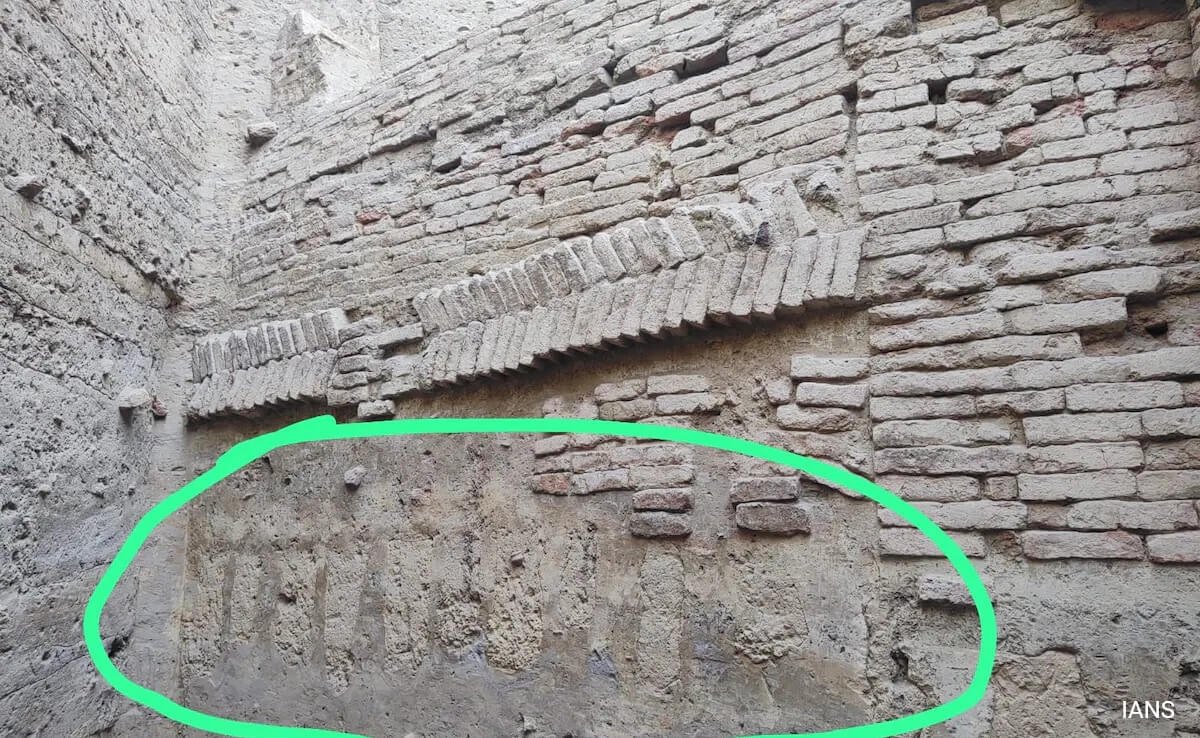
Credits: NDTV
- A 2,500-year-old ‘yagya kund’, metal tools, and coins.
- Tools made from bones and ancient baked clay sculptures from the Mauryan period.
- A pair of statues of Ashwani Kumar (twin Hindu gods) of the Sunga period.
|
- Fragments of pottery, possibly from the Mahabharata period.
- Pits contain sacrificial soil (natural sandy soil) along with the offering of miniature pots.
- Copper coins wrapped in cloth and other copper and iron objects.
{Prelims – In News} Gum Arabic *
- Context (DTE): The Sudan conflict has brought focus to a lesser-known product, Gum Arabic.
About Gum Arabic
- It comes from specific acacia trees and is mainly used in soft drinks.
- Sudan sells about 70% of the world’s gum arabic.
- It mainly comes from the Sahel area in Africa, where the climate is ideal for acacia plants.
- It has unique properties, like water solubility.
- Threat: Political instability in Sudan, especially in regions like Darfur and Kordofan.
What are its uses?
- Its use dates back to ancient Egypt (2000 BC), where it was used in food, paints, and mummification.
- It is used as an emulsifier and stabiliser in the food and beverage industry. It is mostly used to enhance texture and prevent crystallisation in processed foods, soft drinks, and candies.
- It’s also used in textiles, personal care, photography and painting.
Emulsifier
Sahel Region
Credit: Wikimedia Commons |
{Prelims – In News} P versus NP Problem
- Context (TH): Solving P versus NP problems holds significance in various sectors, including healthcare.
- “P” stands for polynomial time, and “NP” is nondeterministic polynomial time.
- When a problem is solved reasonably quickly, it is called a “P” problem.
- “NP” problem takes longer to solve, but once you have the solution, you can verify it quickly.
- For example: P problem Mulitplcation of 17 and 19 will yield 323 in very less time with a certain answer. NP problem If the question is to identify the two prime numbers multiplied to get 323, then it will take trial and error, taking longer to solve. However, once solved, it can be verified quickly.
- These problems are studied in Computer science & mathematics yet applications are across all sectors.
- Reaching a solution where P=NP provides the solutions to such real-life problems.
- For example: Antibiotic resistance is a significant global health concern. If P equals NP, we may have a way to quickly analyse bacterial genomes and predict their resistance patterns, helping doctors prescribe the most effective antibiotics.






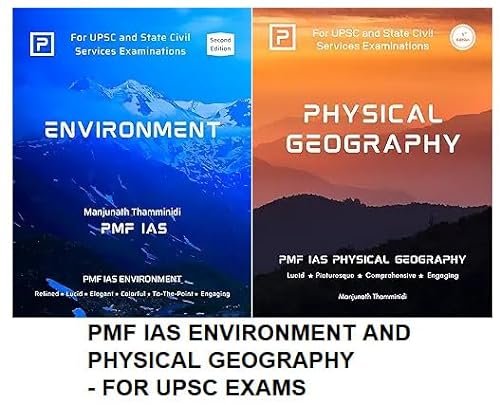
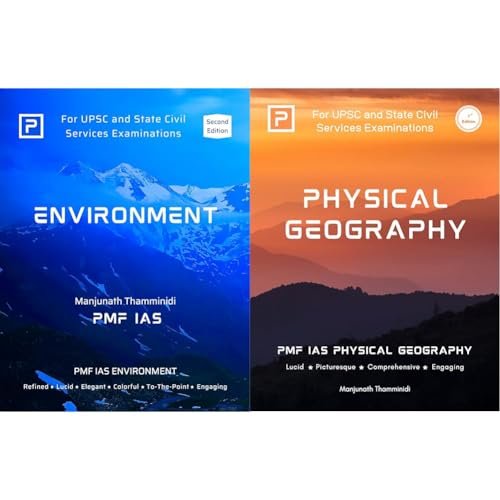
![PMF IAS Environment for UPSC 2022-23 [paperback] PMF IAS [Nov 30, 2021]…](https://pmfias.b-cdn.net/wp-content/uploads/2024/04/pmfiasenvironmentforupsc2022-23paperbackpmfiasnov302021.jpg)

